#Native fashion
Explore tagged Tumblr posts
Text
Native jewish miku 2.0
i really liked the trend so i wanted to try more dress ideas with more embroidery ideas i had. In this one i have a small explanation on the patterns on her dress

Don't mind the different style i am still finding myself i don't have oen consistent artstyle😭
The explanation about the clothes can be seen in my previous miku art and ofc it can't be jewish if there isn't some hebrew.
On the dress i wrote : am israel hai which means "the israel nation lives" (aka jews)
On the background i wrote: shiviti hashem lenegdi tamid which means "I have set G-d before me always"
Here is the background+the patterns on her dress:

Here is a small charts of what is each one:

Side note on "road to canaan": it was a concept a friend of mine had and i gave it life. The swirls represent the israelites walking in the dessert for 40 years and 'getting lost' and the flower is the "star of canaan" or what later became the "flower/star of bethlehem" that was spread worldwide to the world by the crusades and is a big part of the embroidery in a lot of places such as the arab palestinians (mainly), ukranians and more
#jumbler#am israel hai#ישראבלר#jewish#jews#judean embroidery#jewish history#jewish clothing#Jewish culture#Jewish clothes#Native fashion#Nativity#Ancient israel#Ancient judea#miku hatsune#jewish miku#Israeli miku#Judean miku#Israelite miku#hatsune miku#vocaloid miku#artist on tumblr#Israel#Henna#ישראל#יהדות#Culture#Indigenous#Jewish nativity#proud jew
617 notes
·
View notes
Text

"Hoy hicimos teñidos con hilos de algodón, de diferentes colores naturales, extraídos de cortezas, flores, palillos, raices y hojas , de manera sostenible.🥰 #ashaninka 📸 @lesly_ashaninka #comunidadnativadeanaro #artesaniasdelperu" from @ Lizeth_ashaninka on IG
2 notes
·
View notes
Text

#cara jade myers#fashion#style#red carpet#sag awards#killers of the flower moon#native#native fashion#screen actors guild
7 notes
·
View notes
Text
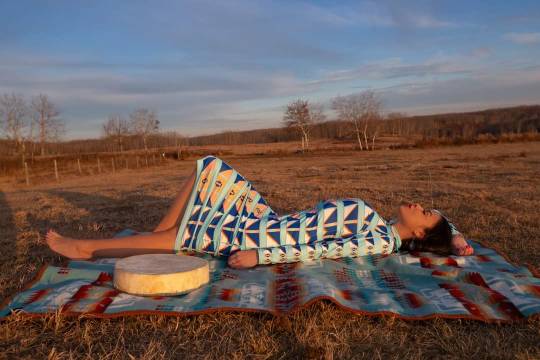
#Shannon Baker#pendelton blanket#choke cherry creek#first nations#cree#metis#native fashion#fishing lake metis settlement#treaty6
2 notes
·
View notes
Text

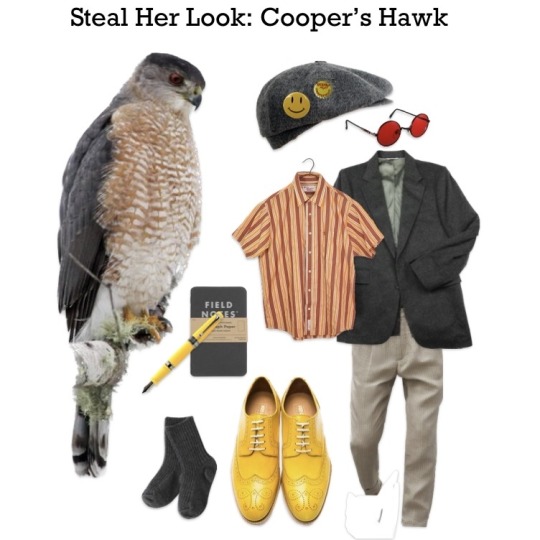
These are so fun to make
#birds#birdwatching#memes#bird memes#fashion#birding#coopers hawk#white winged scoter#native birds#bird nerd#steal his look
126K notes
·
View notes
Text

SWAIA Fashion Week
0 notes
Text
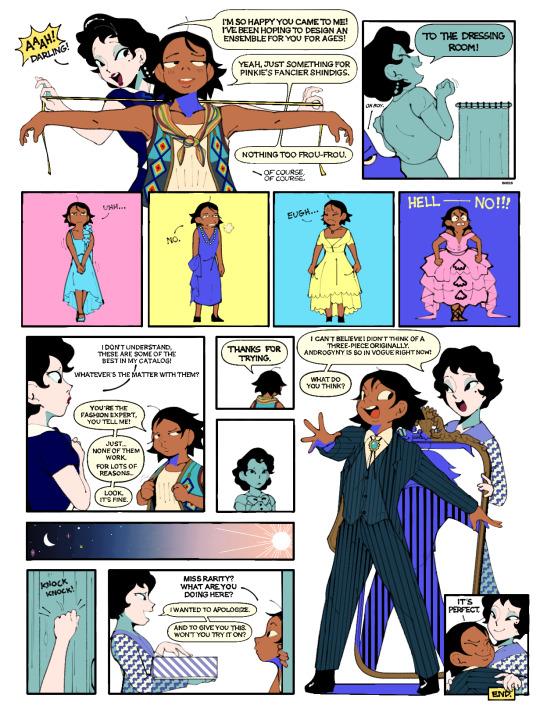
As they say in the industry, you either know fashion or you don't. And Miss Rarity certainly knows it!
#mlp#rainbow dash#rarity#my little pony#my art#fanart#1920s au#comic#little call out to myself but technically the bolo tie is anachronistic#they probably weren't invented until the 40s but that's kinda contested#but i felt it was important to give rd's suit a small piece of native american fashion identity#compared to the previous intentionally white-euro dresses
9K notes
·
View notes
Text

Central Park West, New York, 1975-78 by Helmut Newton.
#helmut newton#nyc#1970s#central park west#native new yorker#vintage#retro#fashion#editorial#vogue#vintage vogue
2K notes
·
View notes
Text

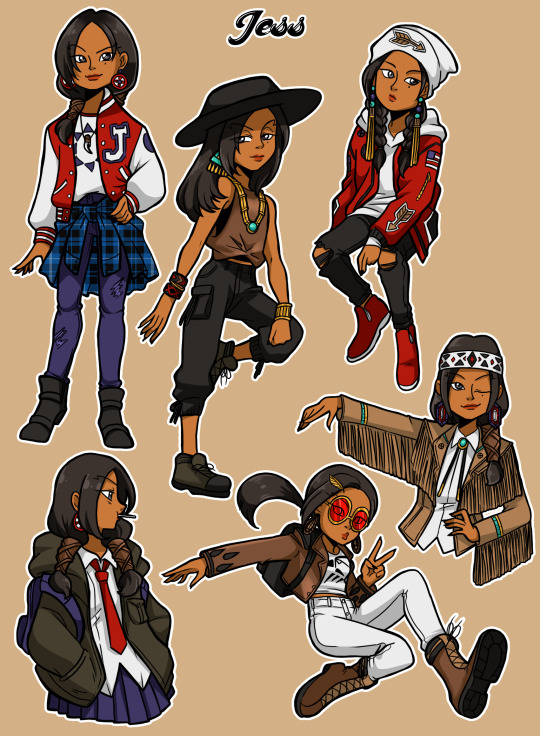
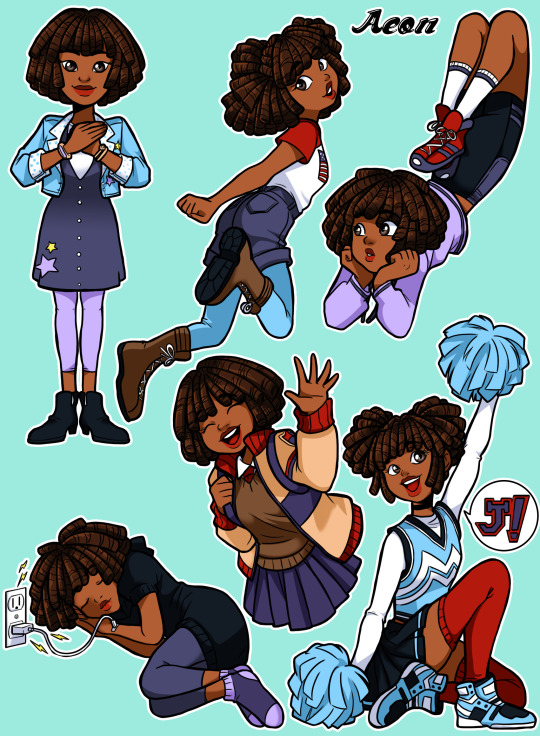


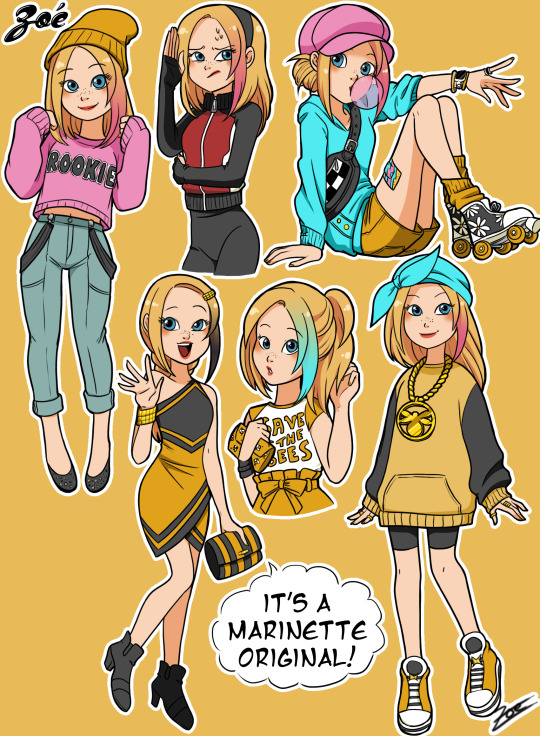
Some "Special" Girls! And the late girls.
Ko-fi | Patreon
#you don't even know how long I've held onto the Zoe one I made her with the quickness#I still haven't seen the Shanghai or New York Special I went in mostly blind on their looks#all the 'Specials' girls did get a redesign from me so the version where their mimicking their render pose is the redesign#though I kept Jess's hair wraps even though I don't love them#I know Native American people DO wrap their hair sometimes but I think it was to cop-out of animating her braids#my art#fashion#ml paris special#emonette#jess#aeon#new york special#fei#shanghai special#socqueline#zoe#socqueline wang#zoe lee#marinette#marinette dupain-cheng#ml art#miraculous ladybug
5K notes
·
View notes
Text

Tindoor, Lemhi Shoshone chief and his wife, ca. 1897, photographed by Benedicte Wrensted.
#historical fashion#shoshone#native american#19th century#Vintage POC#1890s#victorian#Benedicte Wrensted
688 notes
·
View notes
Text

Lizeth Alvarez Vargas, diseñadora Asháninka.
5 notes
·
View notes
Text

Diné (Navajo) Girl Wearing Silver And Turquoise Squash Blossom Jewelry, 1950
4K notes
·
View notes
Text
Dandelion News - September 8-14
Like these weekly compilations? Tip me at $kaybarr1735 or check out my new(ly repurposed) Patreon!
1. Pair of rare Amur tiger cubs debuting at Minnesota Zoo are raising hopes for the endangered species

“[The Minnesota Zoo’s] Amur tigers have produced 57 cubs, [… 21 of which] have gone on to produce litters of their own, amounting to another 86 cubs. […] “They’re showing a lot of resiliency, which is something that we work hard for in human care. We want these animals to have a lot of confidence and be able to adapt to new environments just as they’re doing today.””
2. Powered by renewable energy, microbes turn CO₂ into protein and vitamins

“The team designed a two-stage bioreactor system that produces yeast rich in protein and vitamin B9. [… The protein] levels in their yeast exceed those of beef, pork, fish, and lentils. […] Running on clean energy and CO2, the system reduces carbon emissions in food production. It uncouples land use from farming, freeing up space for conservation[… and] will help farmers concentrate on producing vegetables and crops sustainably.”
3. JCPenney Launches Apparel Collection Aimed At Wheelchair Users

“A major department store is rolling out a new line of clothing specifically tailored to meet the needs of women who use wheelchairs featuring options for both everyday wear and special occasions. [… The clothing have] modifications like zippers located for easy access, pocket positioning and extended back rises optimized for the seated position and shorter sleeves to limit interference with wheels.”
4. Snails bred in Edinburgh Zoo sent to re-populate species in French Polynesia
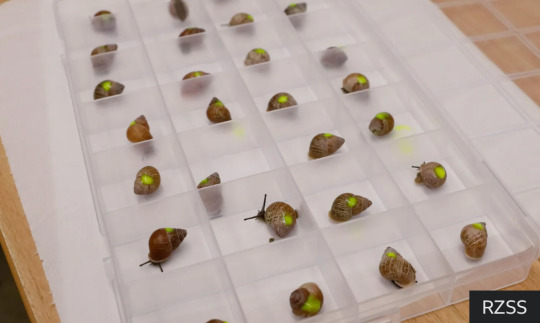
“Thousands of rare partula snails bred at Edinburgh Zoo are to be released in French Polynesia to restore the wild population of the species.The last surviving few of the species were rescued in the early 1990s[….] 15 species and sub-species [are being bred in zoos for repopulation], the majority of which are classed as extinct in the wild.”
5. [NH Joins 19 Other States] to Provide Essential Behavioral Health Services Through Mobile Crisis Intervention Teams
“[CMS] approved New Hampshire’s Medicaid State Plan Amendment for community-based mobile crisis intervention teams to provide services for people experiencing a mental health or substance use disorder crisis. […] The multidisciplinary team provides screening and assessment; stabilization and de-escalation; and coordination with and referrals to health, social, and other services, as needed.”
6. Recovery plan for Missouri population of eastern hellbender
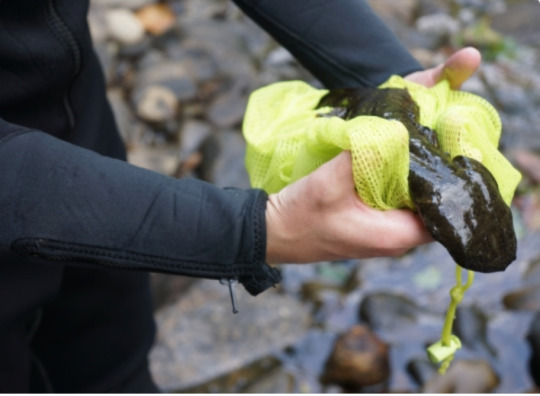
“It is expected that recovery efforts for the Missouri DPS of the eastern hellbender will reduce sedimentation and improve water quality in the aforementioned watersheds, which will also improve drinking water, as well as benefit multiple federally listed mussels, sport fish and other aquatic species.”
7. How $7.3B will help rural co-ops build clean power—and close coal plants

“[The funds are] serving about 5 million households across 23 states [… to] build wind and solar power, which is now cheaper than coal-fired power across most of the country. […] Some of it will be used to pay down the cost of closing coal plants[….] federal funding could help co-ops secure enough wind, solar, and battery resources to retire their entire coal capacity by 2032, cutting carbon emissions by 80 to 90 percent and reducing wholesale electricity costs by 10 to 20 percent[….]”
8. Native-led suicide prevention program focuses on building community strengths

“[Indigenous researchers have] designed programs that aim to build up a community’s endemic strengths, rather than solely treating the risks facing individuals within that community. By providing support and resources that enable access to Alaska Native cultural activities, they hope to strengthen social bonds that build resilience. […] “In a Yup’ik worldview, suicide is not a mental health disorder, and it’s not an individual affliction, it’s a disruption of the collective.””
9. Another rare Javan rhino calf spotted at Indonesia park

“A new Javan rhino calf has been spotted in an Indonesian national park, the facility's head said Friday, further boosting hopes for one of the world's most endangered mammals after two other […] calves were spotted earlier this year at the park, which is the only habitat left for the critically endangered animal.”
10. Transparent solar cells can directly supply energy from glass surfaces
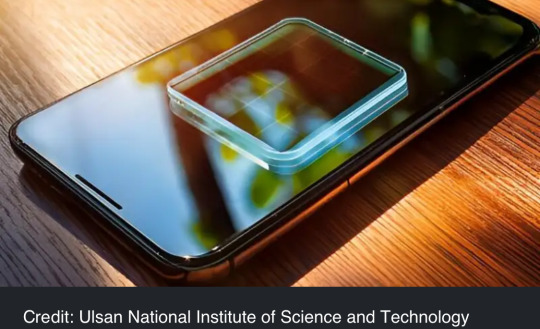
“[Researchers have] unveiled a method of supplying energy directly from glass of buildings, cars, and mobile devices through transparent solar cells. […] It has also succeeded in charging a smartphone using natural sunlight. It also proved the possibility that a screen of a small mobile device can be used as an energy source.”
September 1-7 news here | (all credit for images and written material can be found at the source linked; I don’t claim credit for anything but curating.)
#hopepunk#good news#nature#tiger#endangered species#sustainability#animals#nutrition#jc penney#wheelchair user#adaptive clothing#fashion#snail#edinburgh#scotland#french polynesia#mental health#new hampshire news#missouri#hellbenders#salamander#wind energy#solar power#clean energy#native#community#rhino#technology#baby animals#solar panels
504 notes
·
View notes
Text

𝓨𝓸𝓾 𝓬𝓪𝓷 𝓷𝓮𝓿𝓮𝓻 𝓱𝓪𝓿𝓮 𝓽𝓸𝓸 𝓶𝓾𝓬𝓱 𝓣𝓾𝓻𝓺𝓾𝓸𝓲𝓼𝓮! 𝓘 𝓱𝓸𝓷𝓮𝓼𝓽𝓵𝔂 𝔀𝓸𝓾𝓵𝓭 𝓵𝓸𝓿𝓮 𝓽𝓸 𝓱𝓪𝓿𝓮 𝓪 𝓬𝓸𝓵𝓵𝓮𝓬𝓽𝓲𝓸𝓷 𝓵𝓲𝓴𝓮 𝓽𝓱𝓲𝓼 𝓽𝓸 𝓹𝓪𝓼𝓼 𝓭𝓸𝔀𝓷 𝓽𝓸 𝓶𝔂 𝓭𝓪𝓾𝓰𝓱𝓽𝓮𝓻 𝓸𝓷𝓮 𝓭𝓪𝔂!
Source: Pinterest
#country girls#country living#turquoise jewelry#turquoise#native american jewelry#western jewelry#western inspo#western girl#western aesthetic#western style#cowgirls#rural#western#jewelry#fashion
73 notes
·
View notes
Text

Madame Tussaud’s London Christmas nativity scene
David & Victoria Beckham as Joseph, and Kylie Minogue as the angel - 2004
#madame tussauds#wax museum#nativity#kylie minogue#pop culture#victoria beckham#david beckham#2000s#y2k#camp#campy#kitch#fashion#2004#90s#Christmas#London
88 notes
·
View notes
Text

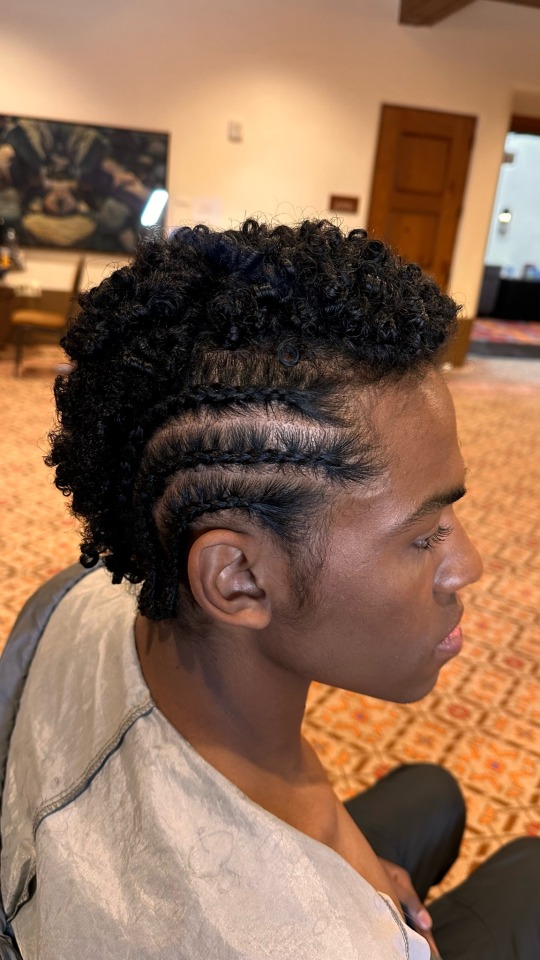


SWAIA Fashion Week
0 notes